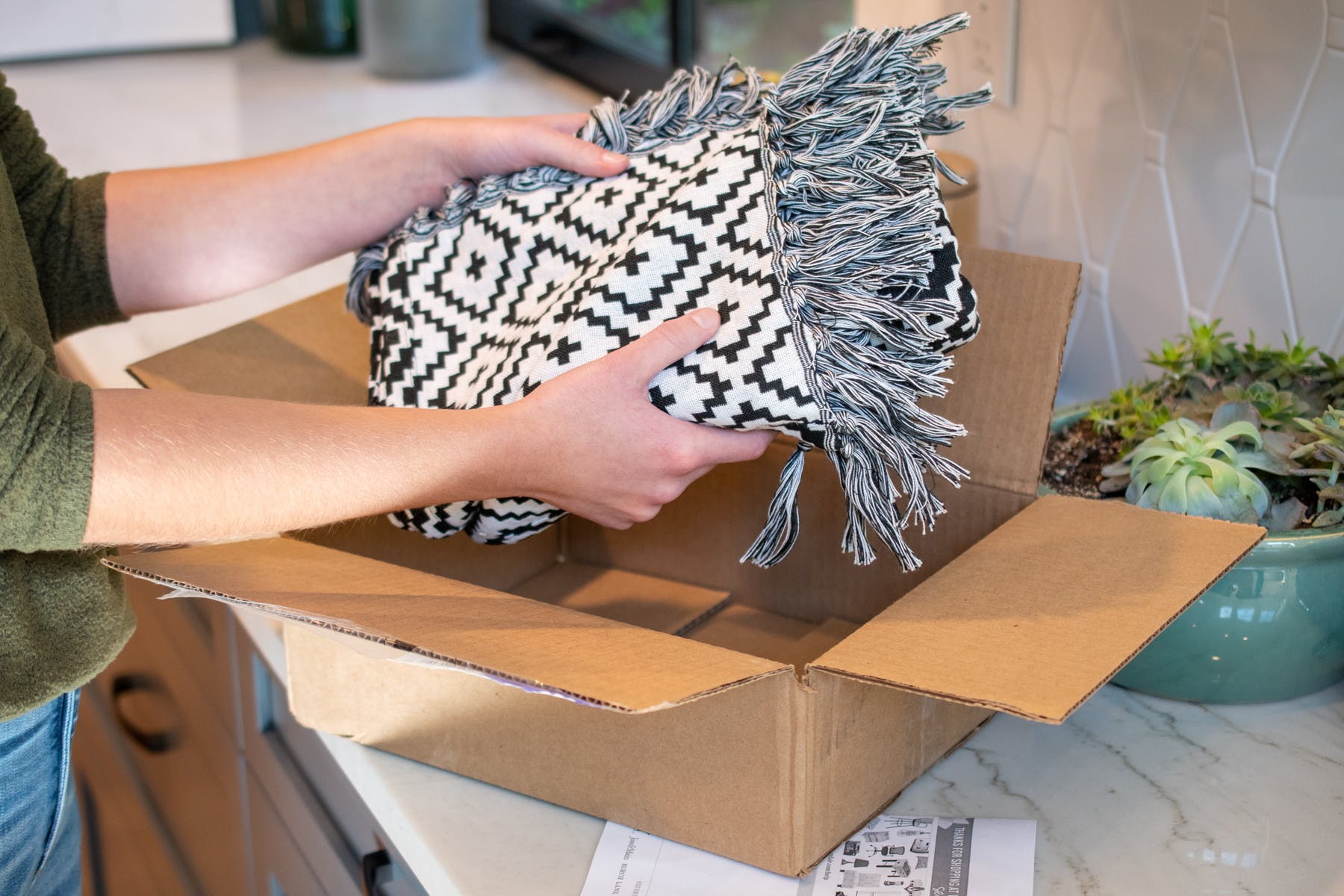

Articles
How To Pack Rugs For Shipping
Modified: February 24, 2024
Learn effective tips and techniques for packing rugs for shipping in this comprehensive article. Ensure your rugs reach their destination safely and securely.
(Many of the links in this article redirect to a specific reviewed product. Your purchase of these products through affiliate links helps to generate commission for Storables.com, at no extra cost. Learn more)
Step 1: Gather necessary materials
When it comes to packing rugs for shipping, having the right materials on hand is crucial. This will ensure that your rug remains protected throughout the journey and arrives at its destination in pristine condition. Here are the essential materials you’ll need:
- Large plastic sheets or drop cloths
- Thick cardboard tubes or PVC pipes
- Masking tape or painter’s tape
- Scissors
- Plastic wrap or stretch film
- Heavy-duty packing tape
- Cardboard boxes or shipping containers
- Cushioning materials (bubble wrap, foam or packing peanuts)
- Shipping labels and markers
Once you have these materials ready, you’ll be well-prepared for the packing process. It’s important to note that the size and weight of your rug will determine the specific quantities of each item you’ll need. Now, let’s move on to the next step: preparing the rug.
Key Takeaways:
- Properly preparing and securing your rug for shipping is crucial to minimize the risk of damage during transit. From rolling and wrapping to packaging and labeling, attention to detail is key for a successful delivery.
- When shipping rugs, consider insurance coverage, track your shipment, and adhere to shipping restrictions and guidelines. Additionally, utilize protective materials and communicate with the recipient for a smooth shipping experience.
Read more: How To Pack Shipping Boxes
Step 2: Preparation of the rug
Before you can start rolling and packing your rug, you need to properly prepare it to ensure it stays clean and protected during transit. Here are the steps to follow:
- Start by thoroughly vacuuming both sides of the rug to remove any dirt or debris.
- If your rug has any loose threads or fringes, carefully trim them to avoid unraveling during transportation.
- If your rug is prone to sliding or shifting, consider using rug grippers or non-slip rug pads to secure it in place.
- If your rug is delicate or has sensitive fibers, you may want to apply a fabric protector or rug spray to add an extra layer of protection.
- Inspect your rug for any stains or spots. It’s best to clean them before packing to prevent them from setting in during the shipping process.
- If your rug is antique or valuable, consider having it professionally cleaned and treated before packing.
By properly preparing your rug, you will minimize the risk of damage and ensure that it arrives at its destination in the best possible condition. Once you’ve completed the preparation, you’re ready to move on to the next step: rolling the rug.
Step 3: Rolling the rug
Now that your rug is properly prepared, it’s time to roll it up for shipping. Rolling the rug not only saves space but also helps maintain its shape and prevents creases. Here’s how to roll your rug effectively:
- Lay the rug on a clean and flat surface, with the pile side facing down. This will protect the rug’s fibers during the rolling process.
- If your rug is large, ask for assistance to make the process easier and prevent any unnecessary strain.
- Start rolling the rug tightly from one end to the other. Use even pressure as you roll to keep the rug uniformly compact.
- As you roll, periodically check for any wrinkles or unevenness. Smooth them out as you go to ensure a neat and even roll.
- If your rug has a fringe, fold it neatly over the rolled part to protect it during shipping.
- Secure the rolled rug with masking tape or painter’s tape. Make sure the tape is strong enough to hold the roll together but not too sticky that it damages the rug’s surface.
By following these steps, you’ll have a tightly rolled rug ready for the next stage of the packing process. Remember to handle the rug with care to avoid any unnecessary damage. Now, let’s move on to step 4: securing the rolled rug.
Step 4: Securing the rolled rug
Once you have successfully rolled your rug, it’s important to secure it properly to prevent unraveling and shifting during shipping. Taking the time to secure the rolled rug will ensure it stays intact and protected throughout its journey. Follow these steps to secure your rug:
- Using plastic wrap or stretch film, wrap it tightly around the rolled rug. This will hold the rug in place and keep it from unrolling.
- Make sure to wrap the entire length of the rug, ensuring that it is completely covered and tightly bound.
- For added protection, consider wrapping the rug multiple times with the plastic wrap, especially if it is extra large or heavy.
- Once the rug is fully wrapped, use masking tape or painter’s tape to secure the end of the plastic wrap to prevent it from coming loose.
By securely wrapping your rolled rug, you’ll provide an additional layer of protection and minimize the risk of any damage during transit. Now that the rug is secured, it’s time to move on to step 5: wrapping the rug.
Step 5: Wrapping the rug
After securing the rolled rug, the next step is to wrap it in a protective layer to shield it from potential bumps, scratches, and moisture during shipping. Wrapping the rug not only adds an extra layer of protection but also helps maintain its condition. Follow these steps to wrap your rug:
- Place the rolled and secured rug in a large plastic sheet or drop cloth. Ensure that the entire rug is covered by the plastic sheet.
- If the rug is too large for a single sheet, you can use multiple sheets and secure them together with masking tape or painter’s tape, ensuring there are no gaps.
- Tightly fold the edges of the plastic sheet over the rug, creating a neat and snug package.
- Secure the folded edges with heavy-duty packing tape to keep the plastic wrap in place and prevent it from coming undone during transit.
Wrapping your rolled rug in a protective layer will safeguard it from potential damage and keep it clean and dry throughout the shipping process. With the rug properly wrapped, you’re ready to move on to the next step: packaging the rug for shipping.
Read more: How To Pack Candles For Shipping
Step 6: Packaging the rug for shipping
With the rug wrapped and secure, it’s time to package it for shipping. Proper packaging will provide an additional layer of protection and ensure that your rug arrives at its destination without any damage. Follow these steps to package your rug:
- Choose a sturdy cardboard box or a shipping container that fits the dimensions of your rolled rug. Ensure there is enough space for additional cushioning and padding.
- Place a layer of cushioning material, such as bubble wrap or packing peanuts, at the bottom of the box. This will provide a protective layer for the rug.
- Carefully place the wrapped rug inside the box, ensuring it is positioned securely and centrally.
- Add additional cushioning material around the rug to fill any empty spaces and provide extra protection. Make sure the rug is snug and does not move inside the box.
- If using a shipping container instead of a box, secure the container with heavy-duty packing tape to ensure it remains closed and intact throughout the shipping process.
- Close and seal the box using strong packing tape, reinforcing all seams and corners. This will prevent the box from opening or collapsing during transit.
By packaging your rug with care, you’ll provide maximum protection and reduce the risk of damage during shipping. The rug should be well-padded and secured within the package, ensuring it remains safe and intact on its journey. With the rug properly packaged, you’re ready for step 7: labeling and addressing the package.
Step 7: Labeling and addressing the package
Properly labeling and addressing your package is crucial to ensure it reaches the intended destination without any complications. Clear and accurate labeling will expedite the shipping process and help avoid any delays or misplacements. Follow these steps to label and address your rug package:
- Using a permanent marker or a shipping label, clearly write the complete shipping address on the package. Include the recipient’s name, street address, city, state, and zip code. Double-check the accuracy of the address to avoid any delivery errors.
- If necessary, include any additional information or specific instructions for the carrier, such as “Fragile” or “Handle with Care,” to ensure proper handling of the package.
- Attach any required shipping labels or documentation according to the shipping carrier’s guidelines. These may include labels for tracking, customs, or special instructions.
- To prevent any confusion or mix-ups, remove or cover any previous labels or markings on the package that are no longer valid.
By clearly labeling and addressing your rug package, you’ll ensure that it is handled appropriately and delivered to the correct destination. Remember to follow any specific instructions or guidelines provided by the shipping carrier to avoid any potential issues. With the package labeled and addressed, you’re ready to move on to step 8: choosing a shipping service.
When packing rugs for shipping, roll them instead of folding to avoid creases. Use a sturdy tube or wrap in plastic to protect from moisture and dirt.
Step 8: Choosing a shipping service
When it comes to shipping your rug, selecting the right shipping service is essential to ensure a safe and timely delivery. Consider these factors when choosing a shipping service:
- Speed of delivery: Determine how quickly you need your rug to arrive at its destination. Some shipping services offer faster delivery options, but they may come with higher costs.
- Insurance options: Find out if the shipping service offers insurance coverage for your rug. Insurance can provide added peace of mind in case of any damage or loss during transit.
- Tracking capabilities: Look for a shipping service that provides package tracking. This will allow you to monitor the progress of your shipment and receive updates on its whereabouts.
- Shipping restrictions: Ensure that the shipping service you choose allows for the transportation of rugs. Some carriers have specific restrictions or guidelines for shipping bulky or oversized items.
- Budget considerations: Evaluate the cost of shipping and compare rates from different shipping carriers. Consider the value and size of your rug, as well as the shipping distance, when determining your budget.
- Customer reviews: Research the reputation of the shipping service by reading customer reviews and ratings. Look for reliable and trustworthy carriers that have a track record of delivering rugs safely and on time.
By considering these factors, you can make an informed decision when choosing a shipping service for your rug. Don’t hesitate to reach out to customer service representatives for any additional information or clarification you may need. Once you have chosen a shipping service, you can proceed to the next step: tracking the shipment.
Step 9: Tracking the shipment
After your rug is shipped, it’s important to track its progress to ensure it reaches its destination safely and on time. Most shipping services offer tracking capabilities that allow you to monitor the whereabouts of your package. Follow these steps to track your rug shipment:
- Obtain the tracking number for your shipment from the shipping carrier. This is usually provided to you at the time of shipment or can be found on your shipping receipt or confirmation email.
- Visit the shipping carrier’s website and navigate to their tracking page.
- Enter the tracking number in the provided field and click the “Track” or “Submit” button.
- A tracking summary will display, showing you the current location and status of your rug shipment. This may include information such as when it was picked up, departed from a facility, arrived at a sorting center, and out for delivery.
- Check the tracking status regularly to stay updated on any changes or delays in the shipment’s progress. You may also receive email or text notifications from the shipping carrier regarding the status of your package.
- If you notice any issues or have concerns about the delivery of your rug, contact the shipping carrier’s customer service for assistance. They can provide further information and help resolve any problems that may arise.
Tracking your rug shipment allows you to stay informed and gives you peace of mind knowing where your package is throughout the shipping process. It also allows you to coordinate with the recipient for timely delivery arrangements. With the ability to track your shipment, you can move on to step 10: insurance considerations.
Read more: How To Pack Picture Frames For Shipping
Step 10: Insurance considerations
When shipping valuable items like rugs, it’s important to consider insurance coverage to protect against any potential damage or loss during transit. While most shipping services provide some level of liability coverage, it may not be sufficient for high-value rugs. Follow these steps to navigate insurance considerations:
- Review the default insurance coverage provided by the shipping carrier. This coverage is usually based on the weight and value of the package.
- Evaluate the value of your rug and assess whether the default coverage is adequate. If your rug is valuable and exceeds the default coverage limits, consider purchasing additional insurance.
- Contact the shipping carrier to inquire about additional insurance options. They may offer supplementary coverage at an additional cost. Be sure to inquire about the terms, deductibles, and filing procedures.
- If the shipping carrier does not offer sufficient insurance coverage or if the cost is prohibitive, consider exploring third-party insurance providers that specialize in valuable item shipping. They may offer more comprehensive coverage tailored to your specific needs.
- Read the insurance policy carefully, paying attention to the coverage limits, conditions, and exclusions. Understand what damages are covered, such as transit damage, theft, or loss.
- Take photographs of the rug and its packaging before shipping as evidence in case of a claim. Document any existing damages or imperfections.
- Keep all shipping receipts, documentation, and communication related to the insurance coverage in a safe place for easy access in case you need to file a claim.
By considering these insurance factors, you can ensure that your rug is adequately protected during transit. Be proactive in seeking appropriate insurance coverage to give you peace of mind throughout the shipping process. With insurance considerations covered, it’s time to move on to step 11: shipping cost estimation.
Step 11: Shipping cost estimation
When shipping rugs, it’s important to have a clear understanding of the potential shipping costs to budget accordingly. The shipping cost for a rug can vary based on factors such as size, weight, distance, and the shipping service provider. Follow these steps to estimate the shipping cost for your rug:
- Measure the dimensions of your packaged rug, including its length, width, and height. Round up to the nearest whole inch or centimeter.
- Weigh your packaged rug using a scale that can accommodate its size. Round up to the nearest pound or kilogram.
- Research different shipping carriers and compare their rates for shipping rugs of similar dimensions and weight. Most shipping carriers offer online rate calculators, which allow you to enter the specifics of your package to obtain a shipping cost estimate.
- Consider different shipping options. Expedited or express shipping services may offer faster delivery but come with higher costs. Ground shipping or freight options may be more cost-effective but take longer to arrive.
- Take note of any additional fees or surcharges that may apply, such as residential delivery fees, remote area surcharges, or fuel surcharges. These fees can significantly impact the total shipping cost.
- Factor in insurance costs if you decide to purchase additional coverage for your rug. The insurance cost is typically based on the declared value of the rug.
- Consider any discounts or special rates that may be available. Some shipping carriers offer discounted rates for online bookings or bulk shipping.
- Keep in mind that shipping costs may also vary depending on the destination. Shipping to international locations may incur additional customs fees, duties, and taxes.
By following these steps and conducting thorough research, you can estimate the shipping cost for your rug and ensure it aligns with your budget. Ensure accuracy in providing the package’s dimensions and weight to obtain the most accurate cost estimate. Now that you have an idea of the shipping cost, let’s move on to step 12: shipping restrictions and guidelines.
Step 12: Shipping restrictions and guidelines
When shipping rugs, it’s important to be aware of any restrictions and guidelines set by shipping carriers to ensure a smooth and hassle-free shipping process. These restrictions and guidelines may vary from carrier to carrier, so it’s essential to familiarize yourself with them beforehand. Follow these steps to understand and adhere to shipping restrictions and guidelines:
- Review the shipping carrier’s website or contact their customer service to obtain a list of items that are prohibited or restricted for shipping. This will help you determine if there are any specific restrictions related to rugs.
- Check if there are any size or weight limitations for packages. Some carriers may have limitations on the dimensions or weight of packages they can handle, especially for international shipments.
- Understand any packaging requirements. Shipping carriers may have guidelines on how rugs should be packaged to ensure safe transportation, such as using specific materials or sealing methods.
- Find out if there are any labeling or documentation requirements for shipping rugs. Some carriers may require specific labels or documents to be attached to the package to comply with customs regulations or additional handling instructions.
- Be aware of any hazardous materials associated with your rug. Certain rugs may contain materials or substances that are considered hazardous, such as flammable materials. It’s important to follow any regulations or guidelines related to shipping hazardous items.
- Consider any restrictions related to international shipping. Different countries may have specific regulations and restrictions regarding the import of rugs, such as customs duties or quarantine requirements. Research the regulations of the destination country to ensure compliance.
- If you have any doubts or questions, reach out to the shipping carrier’s customer service for clarification. They can provide specific guidance related to their shipping restrictions and guidelines.
By understanding and adhering to shipping restrictions and guidelines, you can ensure that your rug is shipped in compliance with regulations and minimize any potential issues or delays. Following these guidelines will help ensure a smooth and successful shipping process. With the shipping restrictions and guidelines considered, we can move on to step 13: additional tips for a successful shipment.
Step 13: Additional tips for a successful shipment
To wrap up the process of shipping rugs, here are some additional tips to ensure a successful shipment:
- Take photographs of the packaged rug from different angles before shipping. These photos can serve as evidence in case of any damage claims.
- Double-check all addresses and contact information to ensure accuracy. A small mistake in the address can lead to delivery delays or misdeliveries.
- Consider using additional protective materials such as corner protectors or foam padding for added cushioning during transit.
- If shipping multiple rugs, avoid stacking them on top of each other to prevent potential crushing or damage.
- Keep a record of the tracking number, shipping carrier’s contact information, and any relevant documentation for easy reference.
- Communicate with the recipient to ensure they are aware of the shipment and provide any necessary instructions for delivery.
- If possible, opt for signature confirmation upon delivery to ensure the rug is received by the intended recipient.
- Consider insuring your rug for its full value, especially if it holds significant sentimental or monetary worth.
- Keep your shipping receipt and tracking information until the package has been delivered, and you confirm its safe arrival.
By incorporating these additional tips, you can further minimize the risks and maximize the chances of a successful shipment. Remember that each rug and shipping scenario is unique, so adapt these tips as per your specific situation and requirements.
Read more: Where Does Rugs Direct Ship From
Conclusion
Shipping rugs requires careful planning and attention to detail to ensure a safe and successful delivery. By following the step-by-step process outlined in this guide, from gathering the necessary materials to packaging and labeling the rug, you can confidently ship your rug while minimizing the risk of damage or loss.
Remember to consider insurance options, track your shipment, adhere to shipping restrictions and guidelines, and take advantage of additional tips for a smooth shipping experience. With proper preparation and attention to detail, your rug will safely reach its destination, allowing you to enjoy its beauty and comfort for years to come.
Frequently Asked Questions about How To Pack Rugs For Shipping
Was this page helpful?
At Storables.com, we guarantee accurate and reliable information. Our content, validated by Expert Board Contributors, is crafted following stringent Editorial Policies. We're committed to providing you with well-researched, expert-backed insights for all your informational needs.
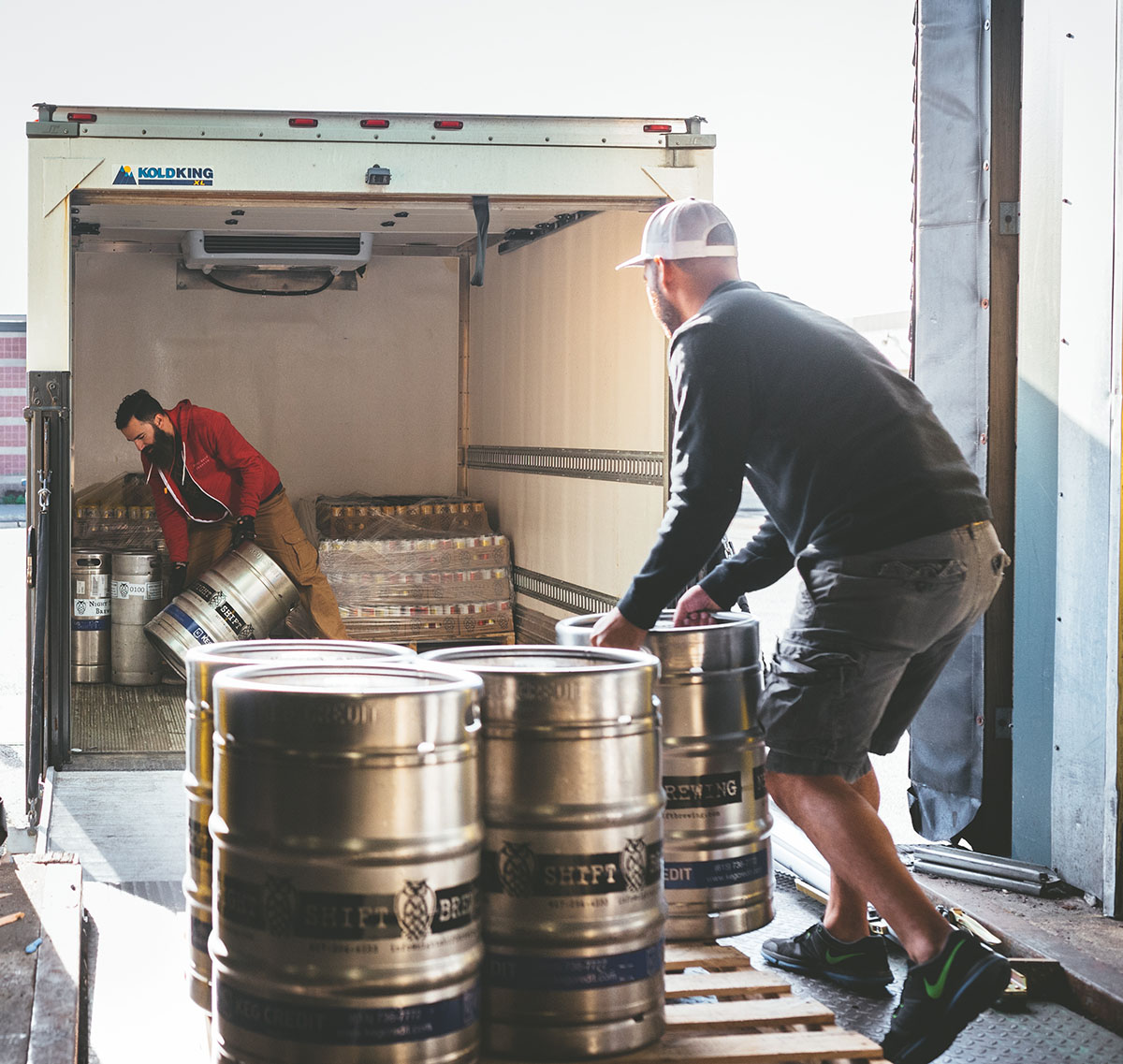

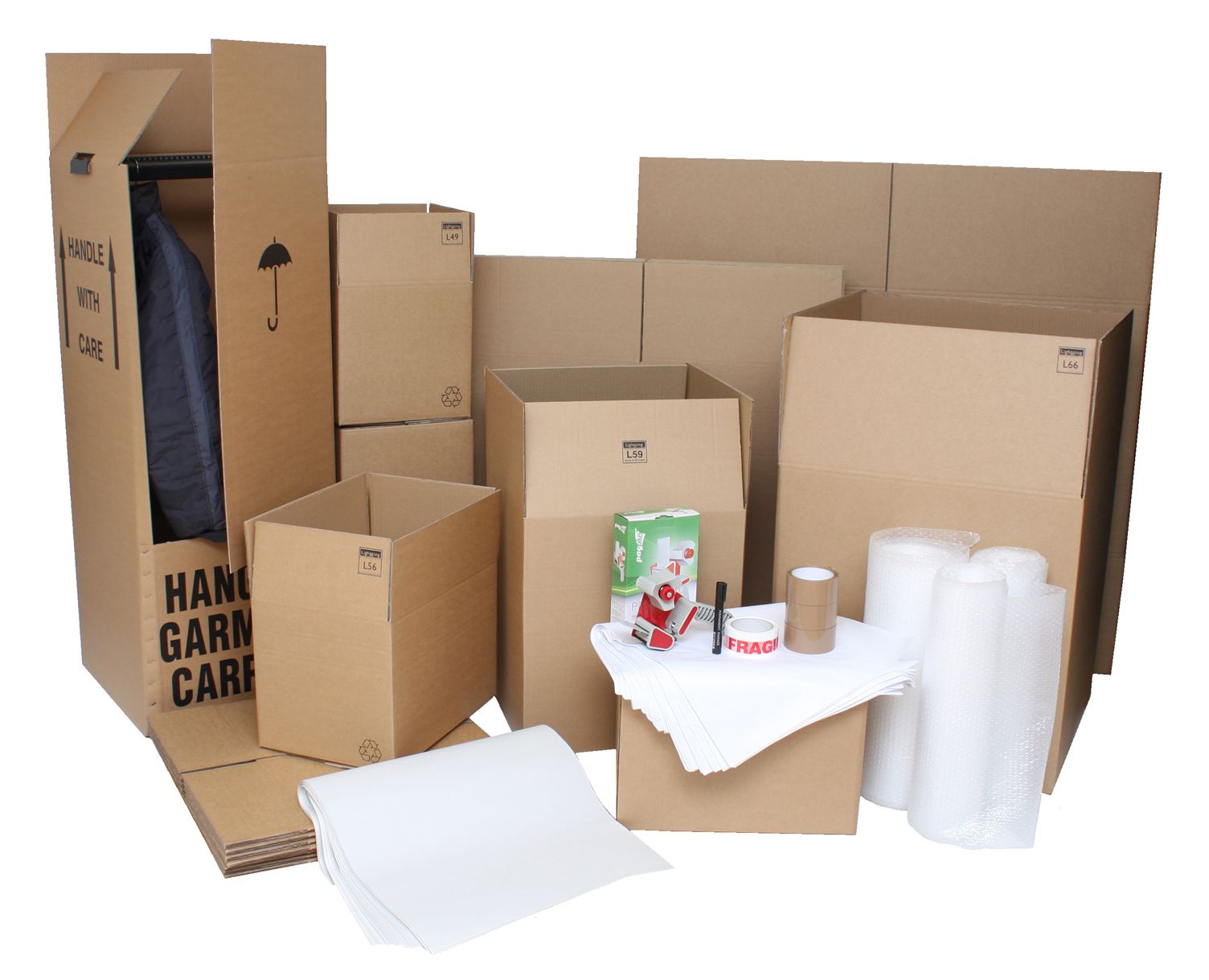
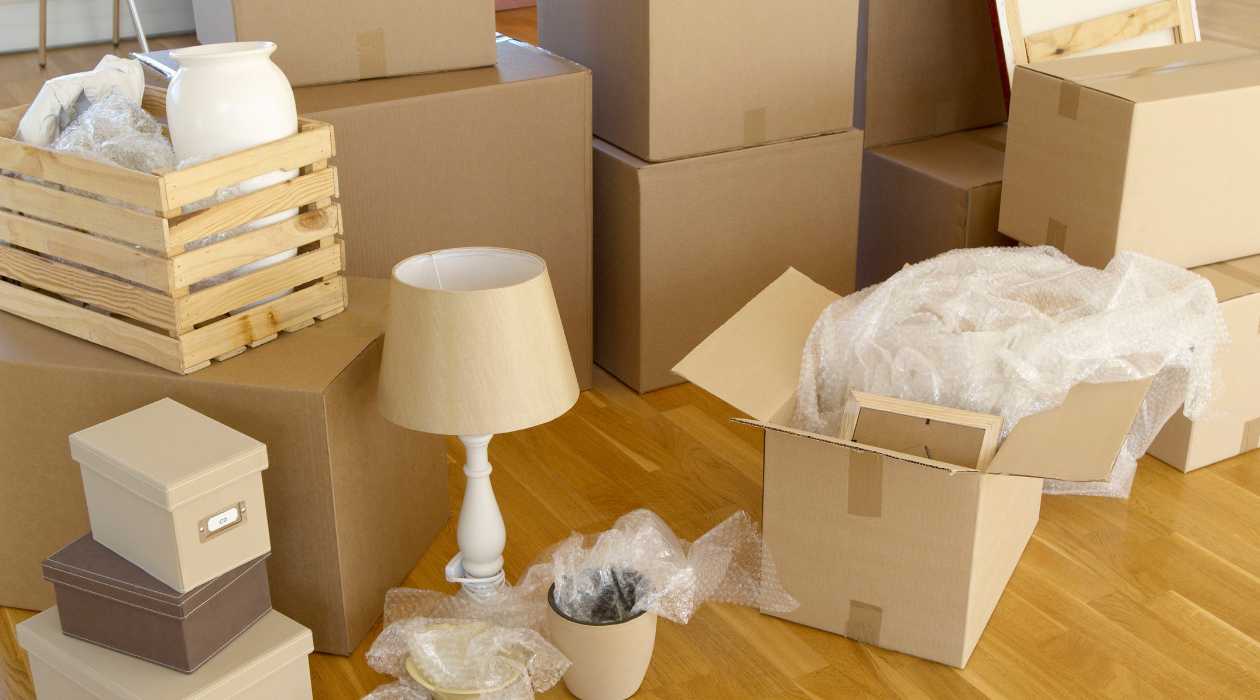



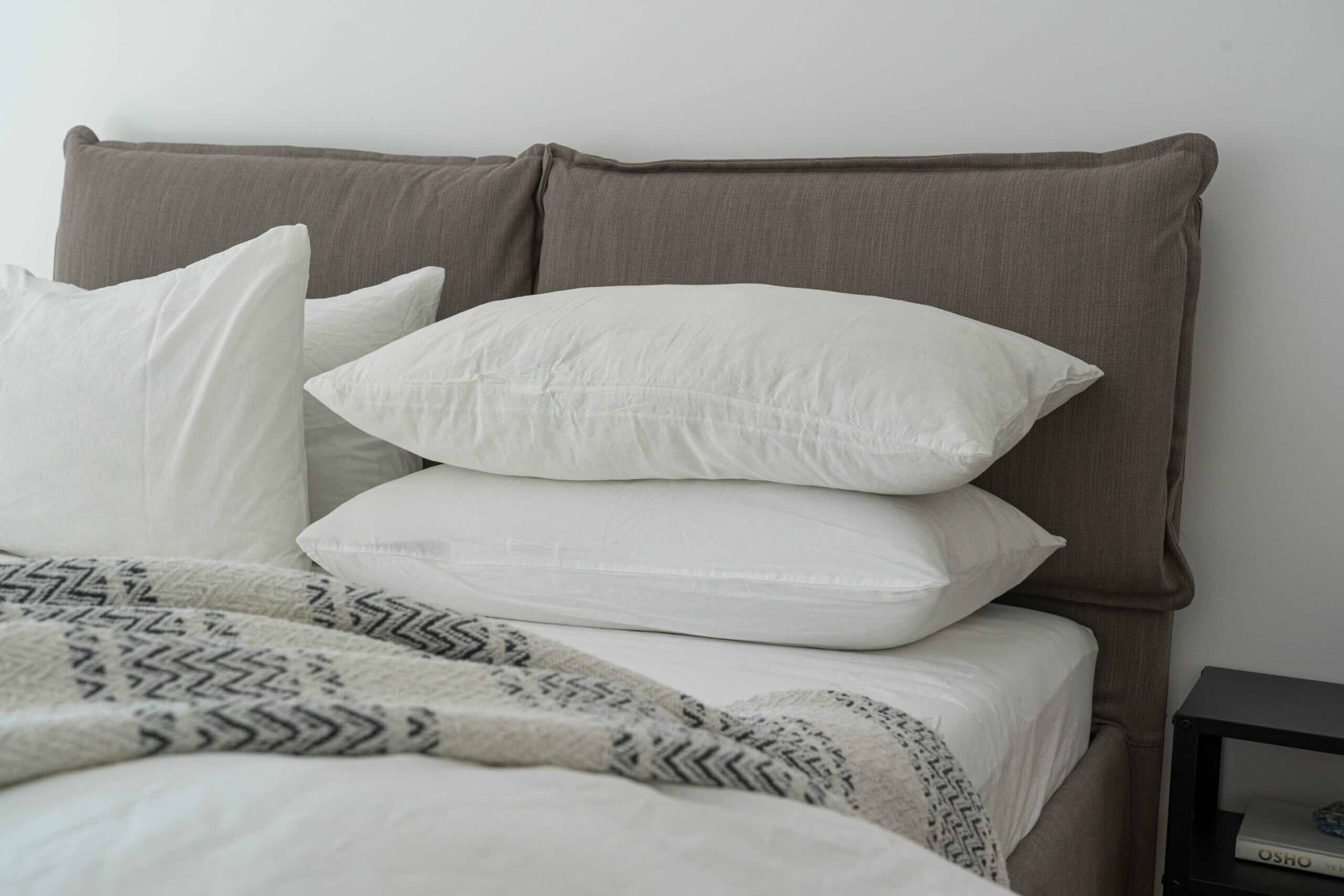


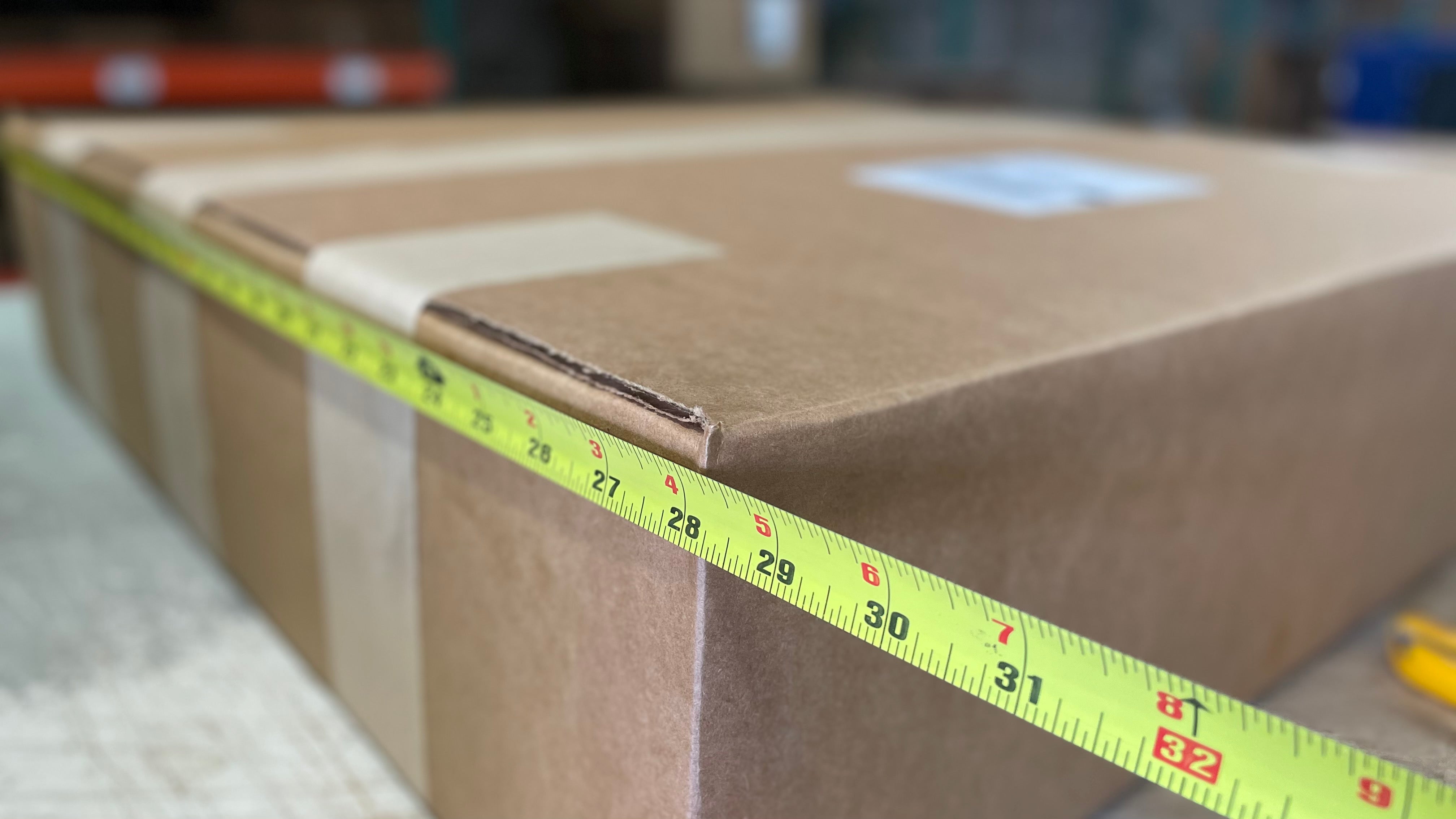


0 thoughts on “How To Pack Rugs For Shipping”